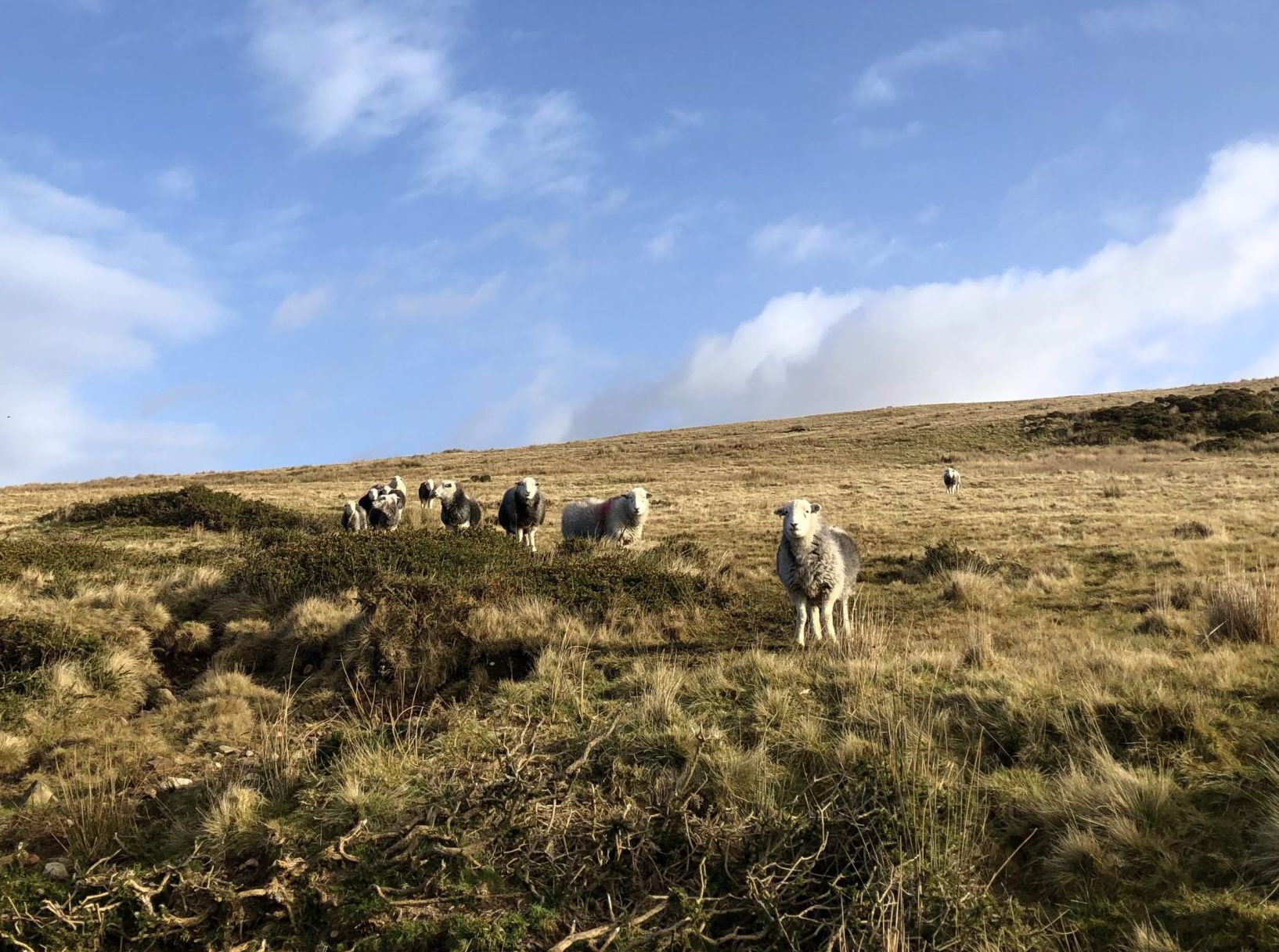
Understanding the carbon dynamics of peatland is a complicated process that is ever-changing for land managers and farmers. Historically, peat soils and habitats have been understood as a carbon store, with peat itself being of extremely high carbon content. However, in the process of carbon footprinting it is required to understand all greenhouse gases associated with peatland (carbon dioxide, methane and nitrous oxide) and the additional storage of carbon into these soils, a process known as sequestration.
Sequestration is the process of capturing carbon from the air and storing it within the land, through the process of photosynthesis. Within peatland soils there are additional layers of complexity when thinking of carbon storage. The waterlogged conditions of peat soils allow decomposing plants to accumulate, storing the carbon in the form of peat; this means that not only is carbon captured and stored via photosynthesis, but that there are direct carbon additions from the plant structures themselves.
Consequently, measuring peatland within the Farm Carbon Calculator or any carbon calculator can be complex – knowledge in the scientific community alongside methods of accounting are rapidly developing. However, the following methods can be used:
- Direct Measurement: soil sampling the peatland soil to understand the carbon content (Soil Organic Matter or Soil Organic Carbon testing) provides a figure of the carbon stock within an area. Carbon stock is the quantity of soil contained within a soil at the time of measurement and is calculated in combination with a Bulk Density sample. To understand if your peatland is sequestering carbon (capturing more, additional carbon) this sampling needs to be repeated to understand whether the figure measured in the first instance is increasing or decreasing. Soil sampling can be conducted annually, but there is often concern around carbon flux so the Farm Carbon Toolkit would usually recommend sampling every 3-5 years. More can be found out about how to sample soil in our free online guide to monitoring soil carbon on the FCT website here.
- Modelled Measurement: if however direct measurement is unsuitable or you would like a faster indication of the carbon dynamics of your peatland soil you can use modelled figures embedded within the Farm Carbon Calculator. Using data from the Peatland Carbon Code 2.0 there is the ability to account for peatland areas of the landscape through selecting the type of peat you have and the area (hectares). The calculator will then provide a modelled suggestion of the likely dynamics of the different greenhouse gases associated with the different peat classifications.

